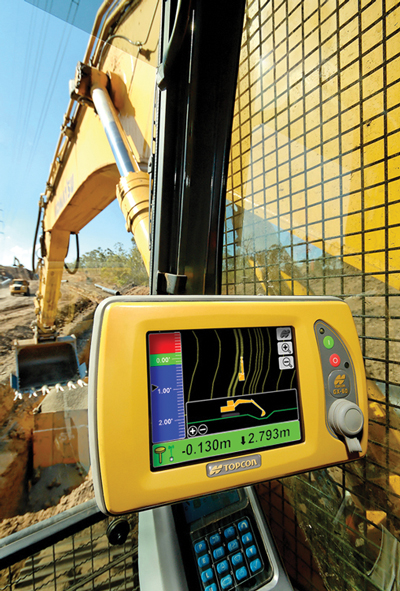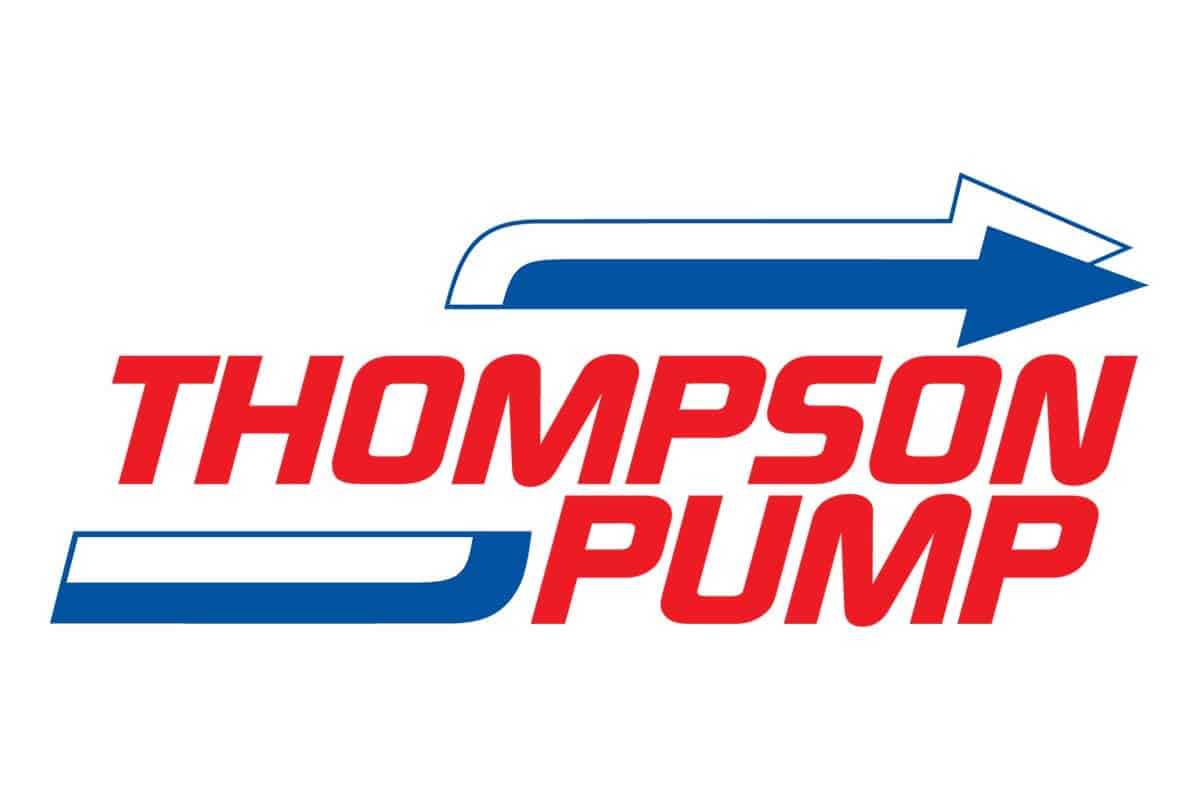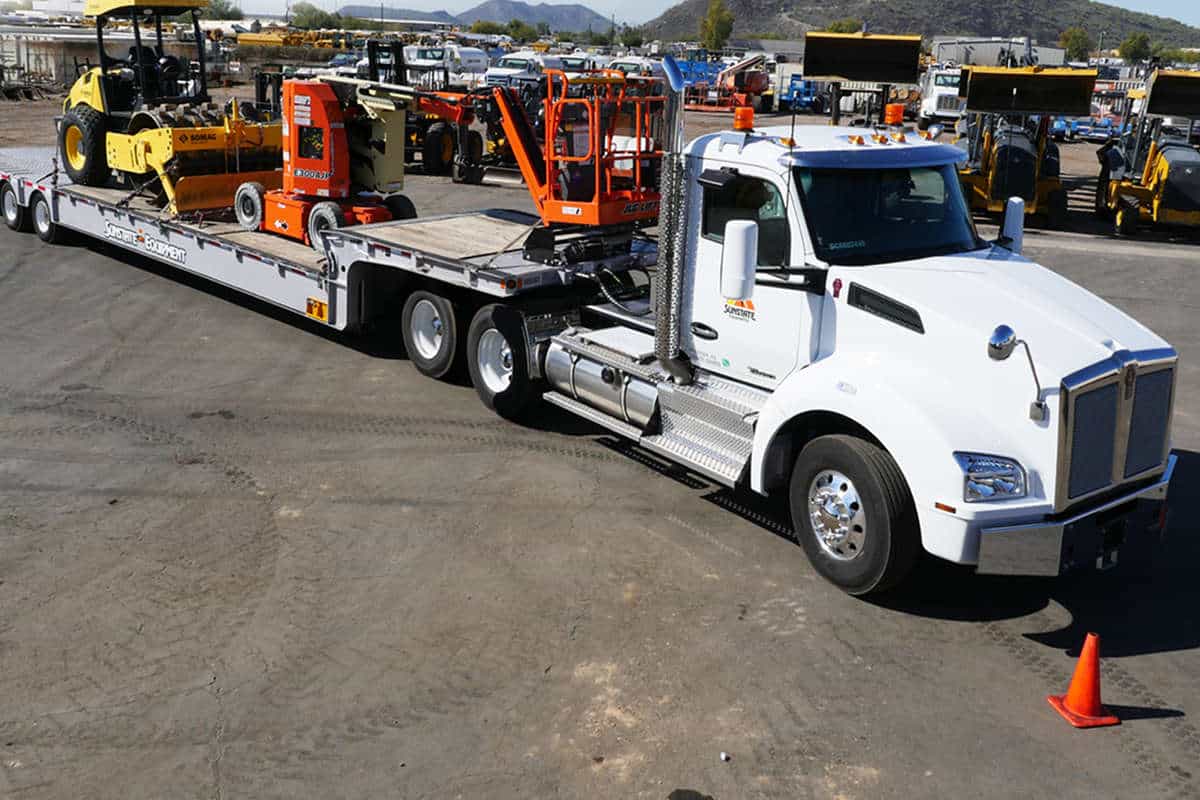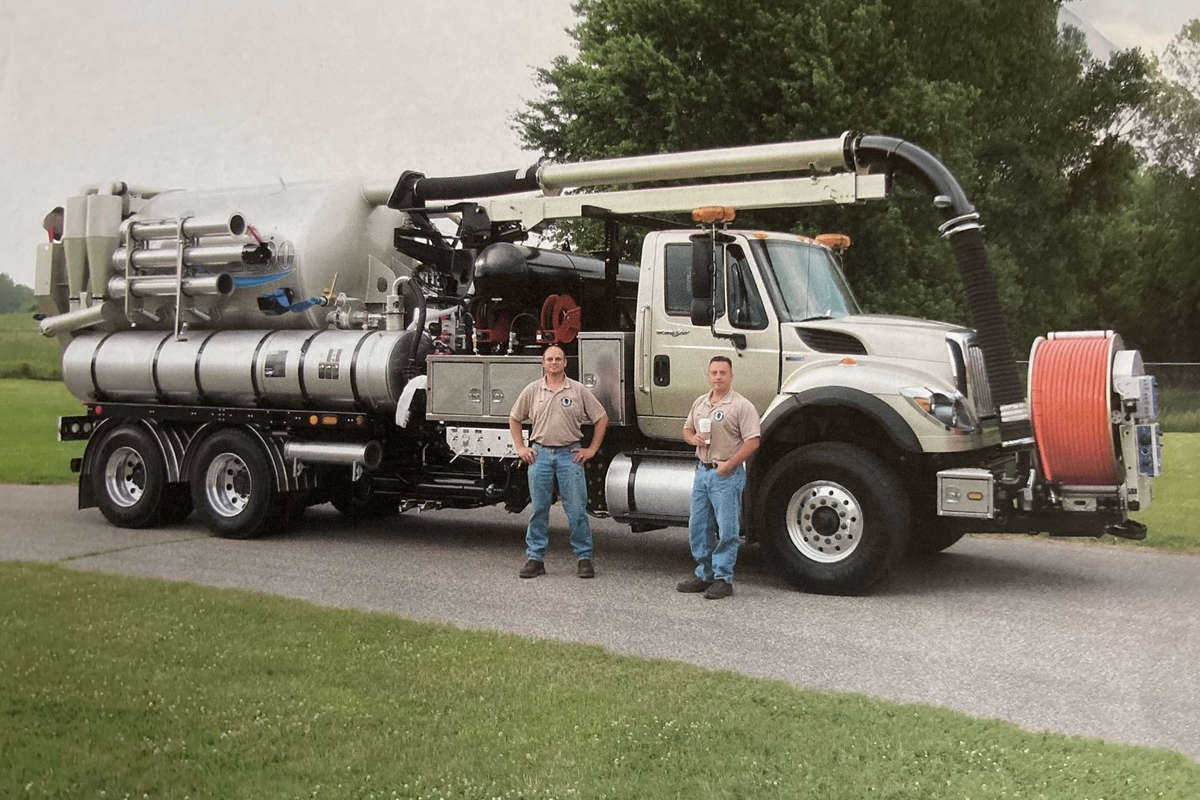Doing More with Less
 GPS grading tools provide significant jumps in productivity — allowing users to accomplish grading tasks faster with lower material usage, fewer personnel and better control of material costs. Changes over the last few years include fully automated grading, more new machines with GPS pre-installed and aftermarket installations becoming more commonplace. Other recent changes include how the equipment is installed, improvements that allow for tighter grading accuracy and the types of equipment for which automated systems are available.
GPS grading tools provide significant jumps in productivity — allowing users to accomplish grading tasks faster with lower material usage, fewer personnel and better control of material costs. Changes over the last few years include fully automated grading, more new machines with GPS pre-installed and aftermarket installations becoming more commonplace. Other recent changes include how the equipment is installed, improvements that allow for tighter grading accuracy and the types of equipment for which automated systems are available.
What’s New?
Tony Vanneman, Construction Products Marketing Manager for Topcon Positioning Systems Inc., says the biggest change to the GPS industry during the last few years is the increased adoption of intelligent machine control in heavy equipment manufacturers. More machines come off of factory assembly lines with GPS mounting brackets, power cables and hydraulic control components pre-installed, such as Komatsu’s D61 Dozer, which is equipped with Topcon GPS products. The larger OEMs are also helping embrace GPS usage by promoting the technology on their machines at tradeshows and dealer events.
One advanced grading technology whose adoption rate has grown substantially in the last three years is laser augmentation. Using conventional GPS alone, vertical elevation tolerances can vary by as much as 0.1 ft depending on many factors. These tolerances can be brought down to a few millimeters when 3D GPS is combined with optical laser signals.
Each GPS manufacturer approaches grade correction differently. Roger Croft, Sales Director of Lengemann Co., a Topcon Dealer, says their largest single increase in business over the last few years is in tight tolerance work, such as asphalt and concrete paving, mainline roadway and airport runways. Systems with laser augmented GPS, like Topcon’s Millimeter GPS+, maintains the accuracies needed for jobs like these.
While the industry has typically focused laser augmented GPS on motor graders and bulldozers, Nick Guadagnoli, Product Manager of Grading Solutions at Leica Geosystems’ Machine Control Division, says Leica sees a need on an entirely new platform. This September, Leica released laser augmented GPS on wheel loaders that dump aggregate materials before a dozer can spread them. “Now with combined laser and GPS, the wheel loaders themselves can not only place material, but place it to grade, eliminating the need for a second type of machine. Tilting or rolling a large volume bucket on the front so it rides flat on the ground can easily push material back and forth,” he says.
 Another recent development allows grading on dozers to happen at faster speeds. Using high-speed position and inertial mass unit (IMU) sensors to supplement GPS machine control, grading can be done as fast as the equipment can go. Sensors like Topcon’s 3D-MC2 measures the blade’s position and acceleration g-forces 100 times per second and combines with GPS position data so contractors can get more out of their machines. Croft says dozers equipped with these sensors can grade twice as fast as their competitors without sacrificing quality.
Another recent development allows grading on dozers to happen at faster speeds. Using high-speed position and inertial mass unit (IMU) sensors to supplement GPS machine control, grading can be done as fast as the equipment can go. Sensors like Topcon’s 3D-MC2 measures the blade’s position and acceleration g-forces 100 times per second and combines with GPS position data so contractors can get more out of their machines. Croft says dozers equipped with these sensors can grade twice as fast as their competitors without sacrificing quality.
Over the last few years, GPS technology has also gotten easier to use, even for those who are not computer savvy. Topcon’s four-color touch screens have a simple interface with no push buttons and no menus or submenus. They constantly display an electronic grade log so there is no guesswork involved. Red means “cutting,” blue is “filling low spots” and green is “on grade,” helping operators know where they are on the job and how far from grade at all times so they are more productive and accurate.
Vendors are also using more cloud connectivity to make dealing with data easier. Users can now remotely access GPS data, and it can be transferred two ways. Electronic change orders can be sent directly to machine cabs and the grade checker in the field over cellular networks, without driving or thumb drives.
Buying Tips
Topcon, Trimble and Leica dominate the GPS machine control landscape. When choosing a GPS grading system or vendor, Vanneman says the first stop is asking the local dealer about their experience. Dealers custom-fit GPS solutions best suited for the majority of the work a contractor does.
Dealers design customized GPS systems for a contractor or equipment rental fleet manager based on many factors, such as what type of machines, how many, how large, whether automatic or indicate (manual) systems are desired and other variables. Machine owners interested in adding GPS will typically try it on one machine to see how it performs. “Most quickly add additional systems when they experience the benefits,” Vanneman adds.
Local dealers will rent, lease, lease/purchase and sell the systems. In some parts of the world, such as Japan, the rental market dominates, as contractors prefer to keep their cash for other purposes. In the United States where interest rates are low, the lease-purchase option is popular in many places. It is common to see a 36-month dozer lease that comes packaged with a GPS unit. Leasing companies are growing and offering more finance options.
 More Flexible Options
More Flexible Options
Guadagnoli adds that contractors should look for a system that offers complete flexibility in its use. Some GPS control panels located in the cab are like a computer, storing all of the hydraulic controls, machine information and calibration data on that tool. If a contractor has two or three machines to control and will use the GPS less than 100 percent of the time, Guadagnoli says Leica’s systems offer flexibility in how the GPS units are mounted inside a machine. Similar to a laptop, Leica’s PowerSnap cradle or docking station stores machine-specific data and is installed in the cab along with cables and brackets. Independent GPS panels can then be moved from excavator to wheel loader to bull dozer and easily load machine-specific data without having to disconnect cables or re-enter calibration information.
A large portion of the overall price of GPS machine control is in the computer panel, software and licenses. This strategy helps a contractor reduce the time a panel is parked or used on tasks when it is not needed, providing significant cost-savings based on system design. It also allows those who manage rental fleets to outfit their machines with cables and brackets but purchase fewer GPS units.
Excellent ROI
While GPS can help contractors accomplish their jobs with fewer people, less equipment and more productive tools, it comes at a cost. However, Croft says GPS machine control products offer the highest payback and return on investment.
Dealers make it easy for contractors to evaluate the ROI for site or road work with online calculators. Once a contractor has knowledge about their workload, backlog, types and numbers of equipment that will be used for a job, they can input the details including how many passes it will take to make a grade and how much they pay for rock. The calculation demonstrates how much GPS machine control would save and how long it would take to pay off the equipment.
Suggested retail prices for GPS grading systems are similar. They run from $30,000 at the low end for a basic indicate system for a bulldozer or motor grader with no automatic blade control, to $55,000 to $100,000 at the high end for the most advanced automatic 3D grading machine with a complete package, depending on the options and configurations.
Debbie Sniderman is an engineer, consultant, writer and CEO of VI Ventures LLC. She can be reached at www.vivllc.com.




